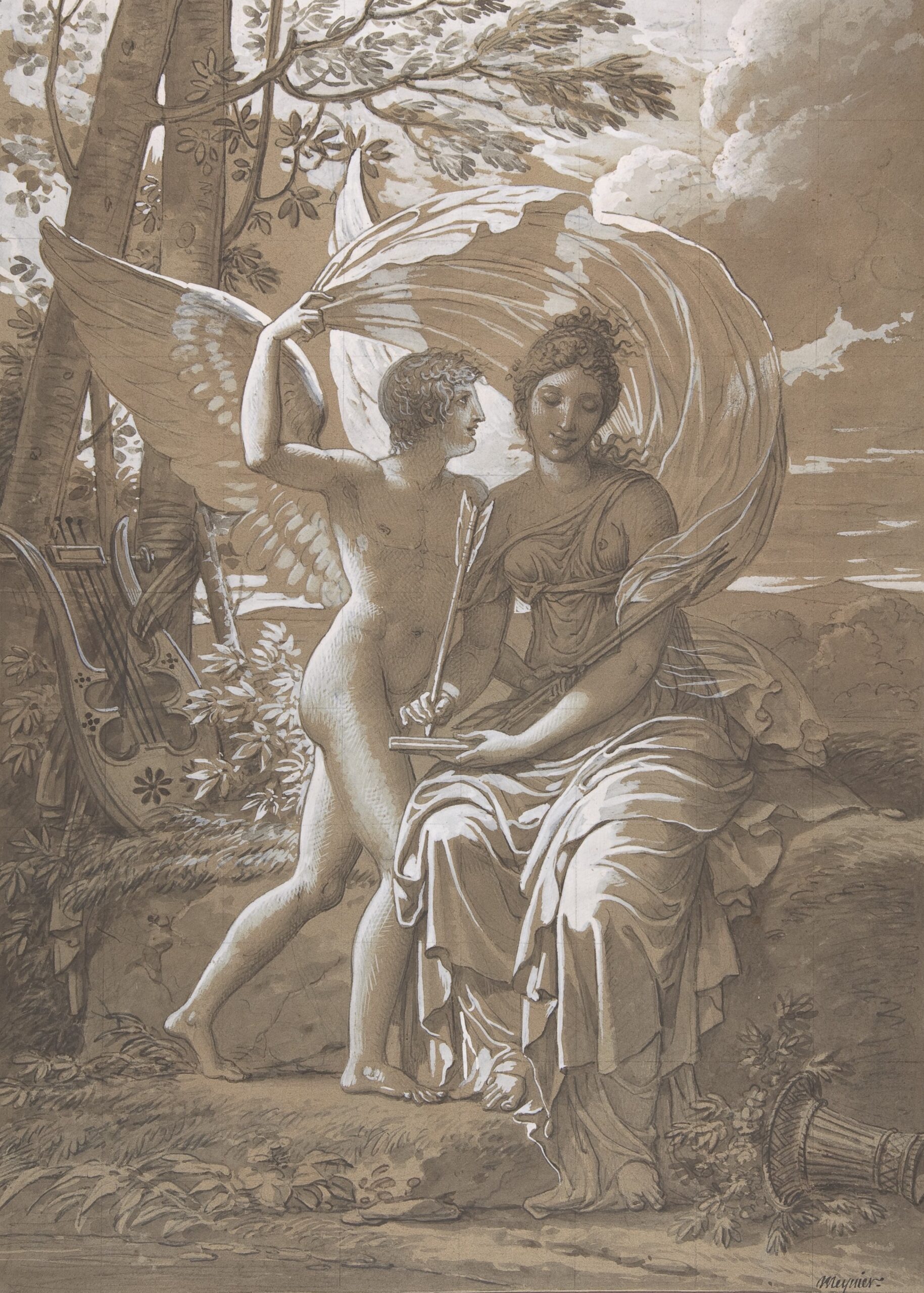 Why, in the end, do we read memoir? What’s in it for us – these stories about someone else, these hundreds of pages of adversity and self-discovery, triumph and tarnish and gleam? These are other people’s lives, after all. Strangers, mostly. People we’ll never meet, people whose clocks most often keep on ticking, long after the last words have been inked. Sure, the form has had its fair share of bad press, thanks in no small part to the not-true “true” stories offered by the likes of James Frey’s discredited addiction memoir A Million Little Pieces, and Herman Rosenblat’s invented Holocaust love story Angel at the Fence. Sure, it’s been furiously protested, as countless otherwise unknown writers have turned to memoir to package and parade their tall adventure, their unhappy childhood, their ghastly marriage, their misguided mother, their bad luck. Still, every single week a new batch of personal stories is released. Memoir isn’t going anywhere.
Why, in the end, do we read memoir? What’s in it for us – these stories about someone else, these hundreds of pages of adversity and self-discovery, triumph and tarnish and gleam? These are other people’s lives, after all. Strangers, mostly. People we’ll never meet, people whose clocks most often keep on ticking, long after the last words have been inked. Sure, the form has had its fair share of bad press, thanks in no small part to the not-true “true” stories offered by the likes of James Frey’s discredited addiction memoir A Million Little Pieces, and Herman Rosenblat’s invented Holocaust love story Angel at the Fence. Sure, it’s been furiously protested, as countless otherwise unknown writers have turned to memoir to package and parade their tall adventure, their unhappy childhood, their ghastly marriage, their misguided mother, their bad luck. Still, every single week a new batch of personal stories is released. Memoir isn’t going anywhere.
So what does memoir offer? What can it yield? Why am I, after all these years, still reading it, teaching it, shaping it, seeking it? The answers are many, but here I offer just one: Because memoir at its very best is the start of a conversation. It makes its interest in readers explicit, offering not just a series of life events, but a deliberate suggestion of what it is to be a human being – to experience confusion, despair, hope, joy, and all that happens in between. True memoir is a singular life transformed into a signifying life. True memoir is a writer acknowledging that he or she is not the only one in the room.
 Consider, for example, Jean-Dominique Bauby’s international bestseller The Diving Bell and the Butterfly, which later became a major motion picture. It’s a slender book – a mere 132 pages. It’s a terrifying book, written by a man who, in December 1995, suffers a massive stroke that leaves him permanently paralyzed. Bauby is “locked in,” unable to move or speak. It’s his left eye that saves him – his left eye, which he relies on to blink at the slate of letters an assistant shares. Blink by blink, letter by letter, Bauby communicates his story. He was a famous magazine editor, we learn. He is trapped, we learn. But he is still alive – and still, miraculously, hopeful. And even though each word comes slowly, even though he has no words to spare, Bauby makes the explicit effort to tell us about ourselves. He looks up from where he is and acknowledges our presence.
Consider, for example, Jean-Dominique Bauby’s international bestseller The Diving Bell and the Butterfly, which later became a major motion picture. It’s a slender book – a mere 132 pages. It’s a terrifying book, written by a man who, in December 1995, suffers a massive stroke that leaves him permanently paralyzed. Bauby is “locked in,” unable to move or speak. It’s his left eye that saves him – his left eye, which he relies on to blink at the slate of letters an assistant shares. Blink by blink, letter by letter, Bauby communicates his story. He was a famous magazine editor, we learn. He is trapped, we learn. But he is still alive – and still, miraculously, hopeful. And even though each word comes slowly, even though he has no words to spare, Bauby makes the explicit effort to tell us about ourselves. He looks up from where he is and acknowledges our presence.
Here Bauby is, in the early pages, communicating the possibility for epistemic peace in the face of an unspeakable tragedy:
You can visit the woman you love, slide down beside her and stroke her still-sleeping face. You can build castles in Spain, steal the Golden Fleece, discover Atlantis, realize your childhood dreams and adult ambitions.
Here he is, pages later, telling us what survival is, ensuring that we understand that sometimes anger is life-giving, too:
I need to feel strongly, to love and to admire, just as desperately as I need to breathe. A letter from a friend, a Balthus painting on a postcard, a page of Saint-Simon, give meaning to the passing hours. But to keep my mind sharp, to avoid descending into resigned indifference, I maintain a level of resentment and anger, neither too much nor too little, just as a pressure cooker has a safety valve to keep it from exploding.
If anyone has earned the right to self-absorption, it is Bauby. He cannot, after all, move or breathe or speak without the help of another, and he does not have long to live. But self-absorption is not his métier. All-consuming anger is not his mood. He does not expect, by the end of his book, to be congratulated for the losses he’s endured. Bauby’s interests extend far beyond the terrible thing that has radically rearranged his life. His ambitions are empathic ones. He writes so that we, his readers, might come to know that imagination is salvation, that we must trust the dreamworks in our heads.
 Bauby, in short, wants to leave behind an artful record of what it is to live. He wants us to know hope, to imbibe it, even though his own existence is fragile. If you want more proof of Bauby’s writerly generosity, look at his final passage. He’s staring straight at us:
Bauby, in short, wants to leave behind an artful record of what it is to live. He wants us to know hope, to imbibe it, even though his own existence is fragile. If you want more proof of Bauby’s writerly generosity, look at his final passage. He’s staring straight at us:
Does the cosmos contain keys for opening up my diving bell? A subway line with no terminus? A currency strong enough to buy my freedom back? We must keep looking. I’ll be off now.
I have written five memoirs and a new book — Handling the Truth — about how memoir gets made. I teach the form. On an urban campus in Philadelphia, I sit with young people on the verge of adulthood, talking about the lives they’ve lived and the things that have mattered and the personal details from which stories are sprung. The talk, in my classroom, is about transcendence. It’s about making the work bigger than the writer. The record is only the record, I say. Make the details speak for all of us.
It is all too tempting to allow that let-me-tell-my-story instinct to rule, all too easy to spend the time sussing out details, confirming chronologies, giving the whole thing some shine and some sass. Memoirists must succumb to weeks, months, years spent examining (and cross-examining) themselves. But things grow claustrophobic – monochromatic, monologue-esque – when memoirists fail to say to the reader — one way or another— I know that you have lived your joys and sorrows, too. These are my lessons, for you.
 Consider, now, Alice Sebold’s Lucky, a book that begins with these lines:
Consider, now, Alice Sebold’s Lucky, a book that begins with these lines:
This is what I remember: My lips were cut. I bit down on them when he grabbed me from behind and covered my mouth. He said these words: “I’ll kill you if you scream.” I remained motionless. “Do you understand? If you scream you’re dead.” I nodded my head. My arms were pinned to my sides by his right arm wrapped around me and my mouth was covered with his left.
Sebold will, over the course of her book, render every detail of this brutal, horrifying, unforgivable rape. She will tell us about the police and the hearing and the search for safety. She will share with us her slow return to the world:
I was dancing and falling in love. This time, a boy in Lila’s math class: Steve Sherman. I told him about the rape after we had gone to see a movie and had a few drinks. I remember that he was wonderful with it, that he was shocked and horrified but comforting. He knew what to say. Told me I was beautiful, walked me home and kissed me on the cheek. I think he also liked taking care of me. By that Christmas, he became a fixture at our house.
This is Sebold’s story. It’s a riveting story. Reporting back must have been excruciating, and we deeply empathize; I profoundly do. But to read Lucky is to tunnel in so completely to another’s tragedy that we forget – and are not encouraged to remember – the communality of survivors.
Personal, headline-making, loved by many, Lucky does not, nonetheless, transcend itself. We readers close the book knowing what happened to Sebold. We hold in our hands the blow-by-blow account, a strictly chronological retelling. This is a story about one, told by one. Its lessons – about victimhood, shame, justice, and living forward – may be suggested by the nature of the events, but they are never made explicit. Readers will not find deliberate signifiers here, nor expressly articulated universal truths. It’s not a conversation, in other words, but a tragic (if quite important) story, well-told.
Kate Christensen’s Blue Plate Special: An Autobiography of My Appetites is, for the most part, precisely what its title suggests – a reporting on Christensen’s life story, amplified, along the way, by recipes, or, as the jacket copy puts it, “a narrative in which food – eating it, cooking it, reflecting on it – becomes the vehicle for unpacking a life.” Christensen has an uneasy childhood. She has a raucous, unstable adolescence, a difficult time settling in as a young adult, a wild foray journey into middle age. She marries and loses that marriage. She falls in love with a man almost half her age. She finally publishes the novels she writes, to increasing acclaim.
Throughout it all, food is Christensen’s salvation; it is her mecca, and the narrative’s primary driver. But Christensen knows she’s not the only woman who has ever leaned on food for emotional succor. Look, for example, at these words from the book’s prologue. Food, Christensen is saying, embodies life lessons for us all.
To taste fully is to love fully. And to live fully is to be awake and responsible to complexities and truths – good and terrible, overwhelming and miniscule. To eat passionately is to allow the world in; there can be no hiding or sublimation when you’re chewing a mouthful of food so good it makes you swoon.
Yeah, we say, when we read this. I’m in. For Christensen has opened a door; she has acknowledged us, has said, in so many words, I may be about to tell you a story that is all about me, but don’t think that I’ve lost sight of the fact that food persuades and maps and consoles you, too. Christensen lifts her story toward something bigger, something signifying. She looks up and glances across her page. I see you, she says. And we feel seen.











